About the history of traditional Japanese sake bottles and sake cups
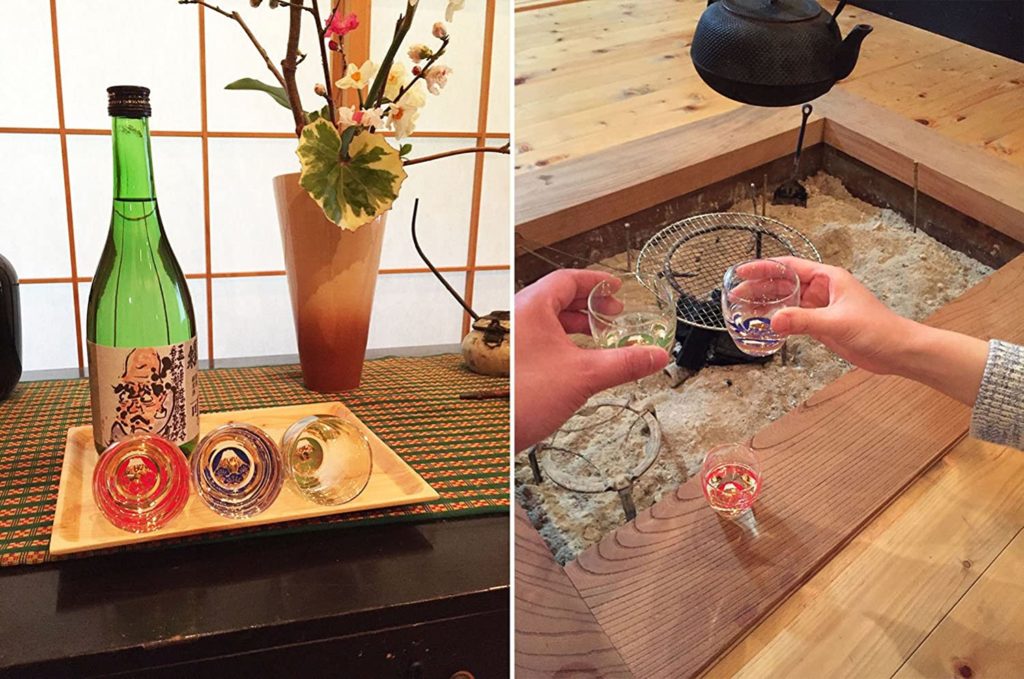
The origin of sake dates back to the Nara period in Japan, when sake brewing using rice and koji was established. They used the harvested rice to make sake, offered it to the gods, and prayed for a good harvest and good health. Until around the Heian period, it was used at festivals, and it was a special drink for privileged people to drink at New Year's and other celebrations. I started drinking alcohol.
Contents
Accordingly, "SAKE bottle, SAKE cup" developed
Tokkuri (SAKE bottle), Ochoko (SAKE cup), Sakazuki (SAKE cup) are familiar to us. Some are hardly used nowadays. There are various materials such as lacquerware, porcelain, pottery, and metalware. In the Middle Ages, choshi and bottles with long handles were used as vessels for pouring sake.
Introducing Tokkuri (SAKE bottle) and Ochoko (SAKE cup)
Tokkuri (sake bottle) is said to have appeared in the latter half of the Muromachi period. By the way, there are various theories about the etymology of Tokkuri (sake bottle), such as the Korean word "tokkool", which means sake bottle, and the sound "tokk tokk" when pouring sake.
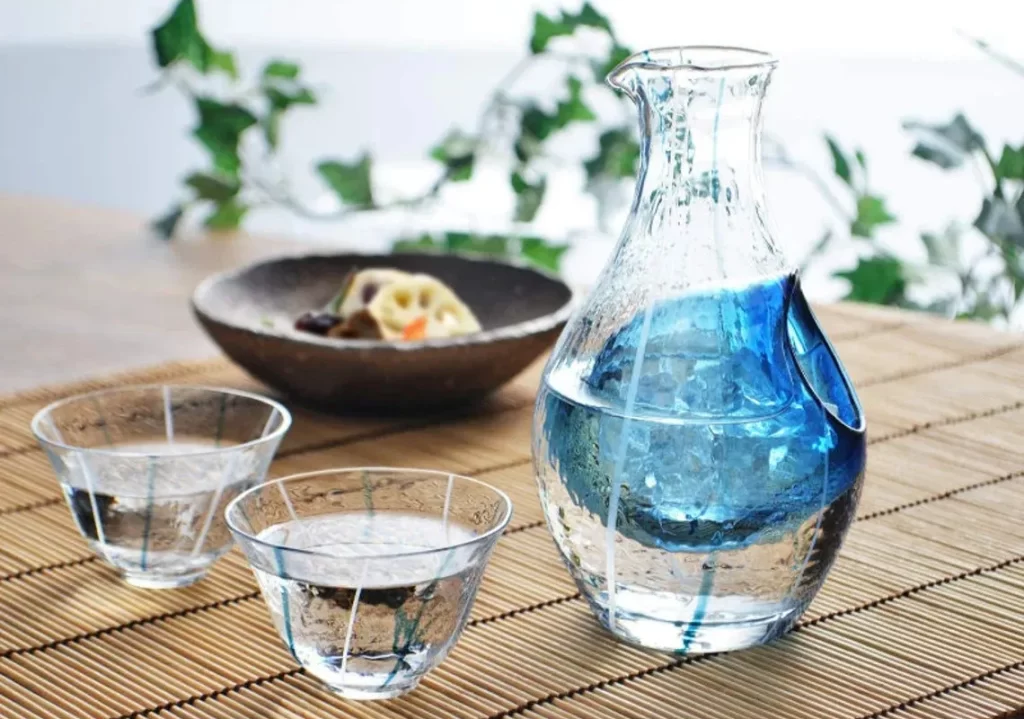
What is Ochoko (SAKE Cup)?
Ochoko (sake cup) was used for dishes such as aemono and vinegared dishes. However, it is said that it began to be used at banquets from the middle of the Edo period. At first, Sakazuki (SAKE cup) was used, and as the place became more lively, it was switched to Ochoko (SAKE cup).
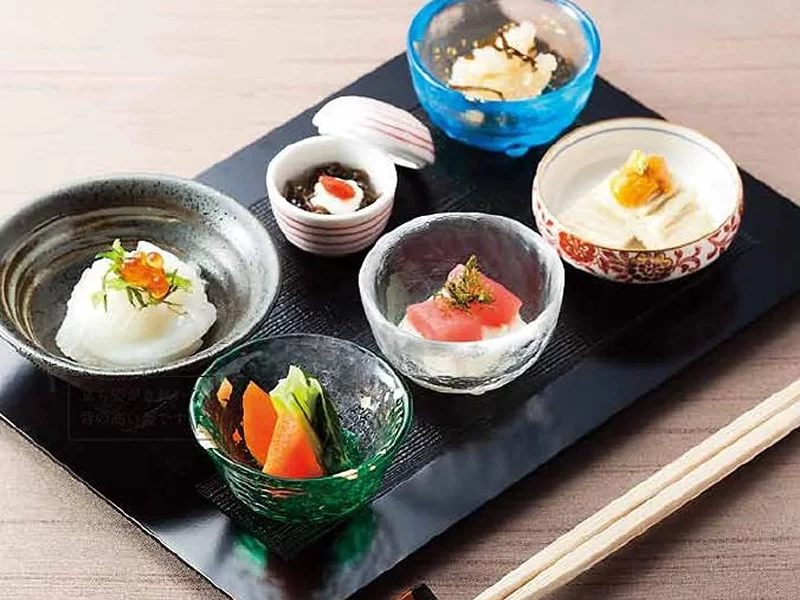
*Sakazuki (SAKE cup) is a flat bowl.
Ochoko (SAKE cup) is a size that allows you to drink sake in one or two sips.
Author Profile
Latest entries
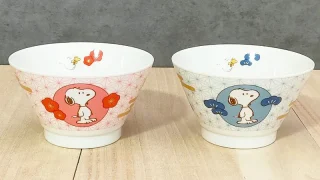 Rice Bowl / Ramen Bowl2025年8月5日Snoopy Japanese Rice Bowl Set - Red Plum & Blue Pine Design - Made in Japan, Microwave & Dishwasher Safe
Rice Bowl / Ramen Bowl2025年8月5日Snoopy Japanese Rice Bowl Set - Red Plum & Blue Pine Design - Made in Japan, Microwave & Dishwasher Safe matcha bowl / Yunomi tea cup2025年1月21日Kutani ware teacups are very easy to use
matcha bowl / Yunomi tea cup2025年1月21日Kutani ware teacups are very easy to use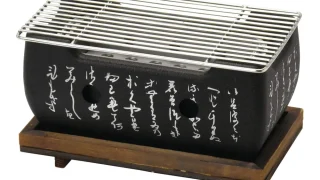 Japanese style BBQ stove grill2025年1月20日Combine a Japanese style BBQ stove grill and sake cups for a special dinner
Japanese style BBQ stove grill2025年1月20日Combine a Japanese style BBQ stove grill and sake cups for a special dinner SAKE bottle and SAKE cup2025年1月17日Mino Ware Gold-painted Sake Ware is Very Beautiful
SAKE bottle and SAKE cup2025年1月17日Mino Ware Gold-painted Sake Ware is Very Beautiful


